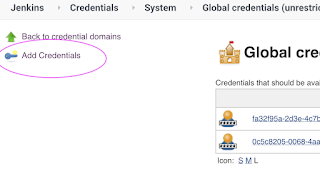What is Helm and How to install Helm version 3?
Helm is a package manager for Kubernetes. Helm is the K8s equivalent of yum or apt. It accomplishes the same goals as Linux system package managers like APT or YUM: managing the installation of applications and dependencies behind the scenes and hiding the complexity from the user.
Why use Helm?
As the Kubernetes platform and ecosystem continued to expand, deploying one and only one Kubernetes configuration file (ie: a single YAML) was not the norm anymore. As number of K8S deployment files increased, how to manage those files? Helm solves that problem.
Helm Charts
Helm uses a packaging format called Charts. A Helm Chart is a collection of files that describe a set of Kubernetes resources. Helm Charts helps you define, install, and upgrade even the most complex Kubernetes application. Charts are easy to create, version, share, and publish.
In helm 3 there is no tiller component. Helm client directly interacts with the Kubernetes API for the helm chart deployment.
Helm 3 can be installed many ways. We will install Helm 3 using scripts option.
sudo chmod 700 get_helm.sh
Execute script to install
sudo ./get_helm.sh

Verify installation
helm version --client































